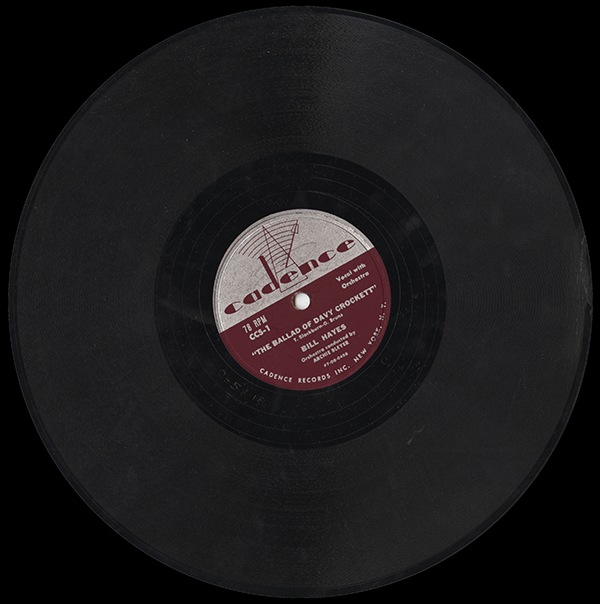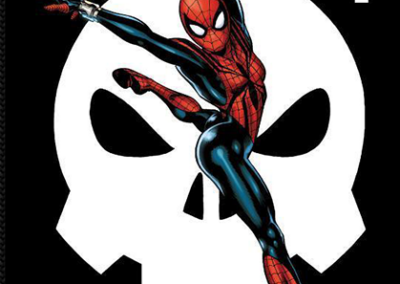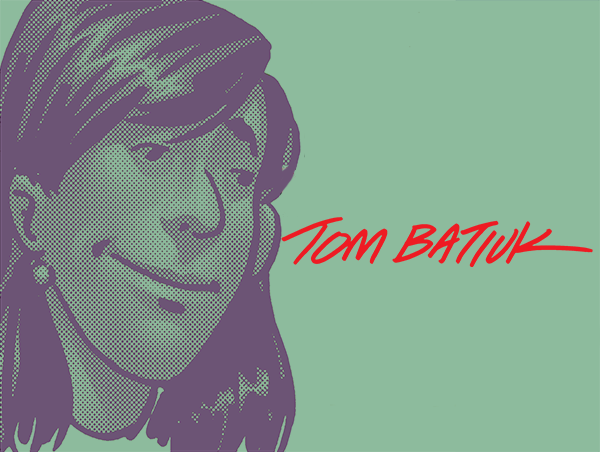Now, before we delve into Harry’s fascinating origin story, perhaps a little deep background is in order. Growing up in the house of my parents as I did, it seemed I was always surrounded by music. I recall many a Saturday afternoon when I would be curled up in an overstuffed chair listening to the Metropolitan Opera broadcast that my dad would have playing on the radio while I worked on one of my latest comic creations like Congo Bongo Bill. (This was a knockoff of the Congo Bill comic, which I figured I had changed just enough to make my version totally original.) From my parents’ 78 rpm records that I played on my portable record player, I was exposed to Gershwin’s “Rhapsody in Blue,” the music of Benny Goodman, Artie Shaw, Tommy Dorsey, the Weavers, and even Puccini’s “La Boheme.” Along with that came “The Ballad of Davy Crockett” that I had begged my parents to buy, an album of big band tunes that I won at a church carnival, and the cherished four-record collection of “Peter and the Wolf,” which I played repeatedly until I accidentally dropped one of those heavy lacquered disks and broke it. (One of the most treasured moments of my career would come many years later at the Midwest Band Directors convention in Chicago when I accompanied a performance of “Peter and the Wolf” by the North Shore Orchestra by illustrating Peter, Sasha, and other characters from the story.) When my family moved to Elyria, Ohio, my father, who played the violin in high school, joined the community orchestra. Soon his practicing was joined by my sister and me as we worked on our piano lessons through which I became acquainted with Chopin’s “Nocturne,” Bizet’s “Carmen,” Franz Liszt’s “Hungarian Rhapsody No. 2” (which I personally preferred; by No. 12, I thought he was starting to run out of ideas), and “Mr. Whole Note Takes a Walk” by the ever-popular Anonymous.
From The Complete Funky Winkerbean Volume Two






